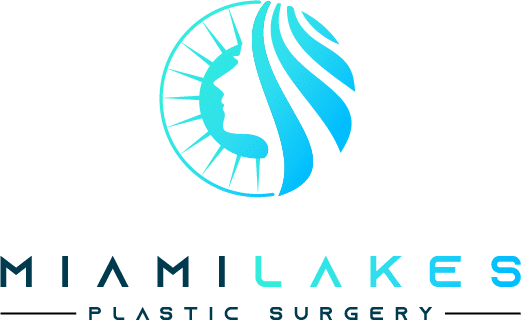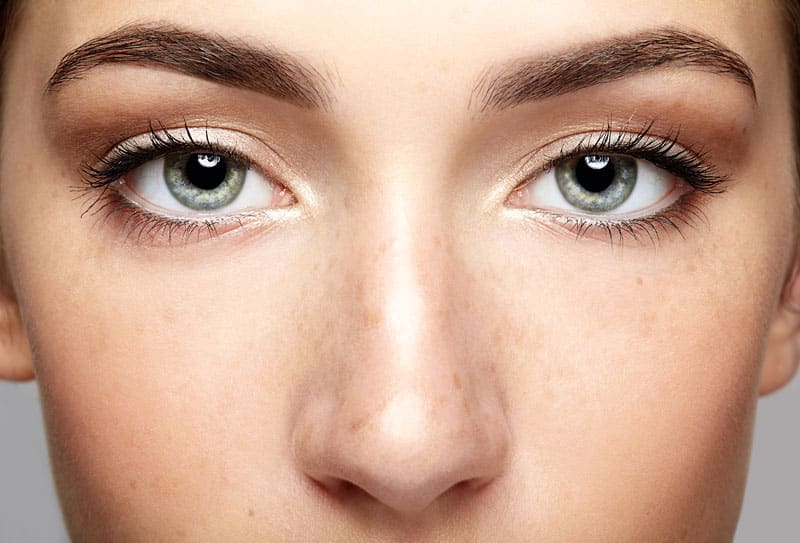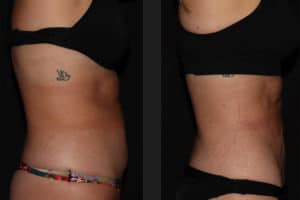Nose Surgery (technically termed rhinoplasty) is one of the most common of all cosmetic surgery procedures. Rhinoplasty can be performed to meet aesthetic goals or to correct birth defects or breathing problems. Rhinoplasty can reduce or increase the size of your nose, change the shape of the tip or the bridge, narrow the span of the nostrils, or change the angle between your nose and your upper lip. It may also correct a birth defect or injury or help relieve some breathing problems.
Is this procedure right for you?
Many people believe that rhinoplasty will make them look perfect or change the way others perceive them, but we recommend you consider this procedure only if you have a specific goal for your nose shape. Patients should be mentally and physically healthy and have realistic expectations for the outcome of the surgery.
What does rhinoplasty entail?
Rhinoplasty involves reshaping the bone and cartilage under the skin of the nose and redraping the skin. Usually, it is done through incisions inside the nostrils, but occasionally an additional incision across the columella (between the nostrils) is made for complex cases.
Is it possible to have another procedure done at the same time?
Rhinoplasty can be done in conjunction with chin augmentation.
Will I have any scarring?
Typically there is no visible scarring from a rhinoplasty.
What risks are involved?
Sometimes patients will experience infection, reaction to anesthesia, or bleeding as complications, though these are uncommon and generally not serious. Additionally, tiny red spots may appear on the skin after surgery where small blood vessels have burst.
Where will the surgery take place?
We can perform this procedure in our office or an outpatient surgery center or hospital. Rhinoplasty is typically an outpatient procedure.
Where is the procedure performed?
Rhinoplasty may be performed in a surgeon’s office-based facility, an outpatient surgery center, or a hospital. It is usually performed on an outpatient basis for cost containment and convenience.
What should I expect from the post-surgery recovery period?
After the surgery, you will have a splint on your nose to help it adjust to its new shape. On the first day, you will have some discomfort, which can be treated with pain medication, and your face will feel puffy. You will need to stay in bed and keep your head elevated for the first day.
Thereafter, you may have bleeding from your nose for a few days and will have swelling and bruising for about two weeks, by which time all splints, dressings, and stitches will be removed. Patients are typically able to return to normal activities such as work after about a week but should refrain from strenuous activity for two to three weeks.





